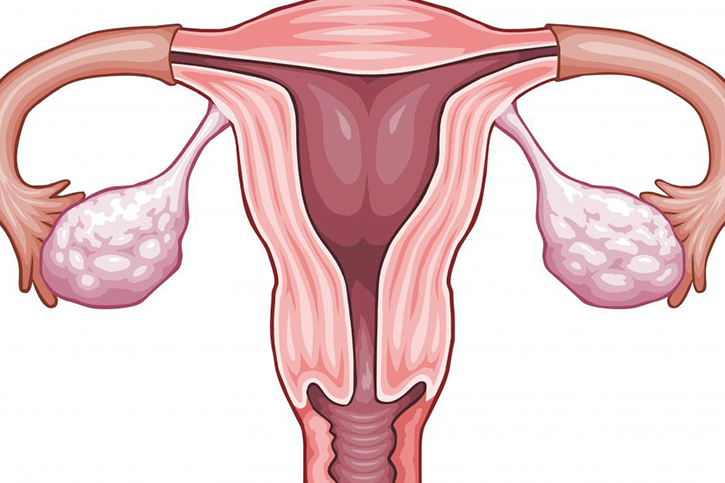An oophorectomy is a surgical procedure to remove the either one or both of the ovaries.

You may have to have an oophorectomy to treat a condition or lower the risk of ovarian or breast cancer. This is what the procedure entails.
These are the part of a woman’s reproductive system that is responsible for producing and storing eggs and producing hormones. If just one ovary is removed, this is called a unilateral oophorectomy. If both are removed, this is called a bilateral oophorectomy.
When May an Oophorectomy Be Required?
There are a number of reasons why you may need the procedure, including the treatment of:
• To treat or lower the risk of ovarian cancer (prophylactic oophorectomy)
• Benign tumours
• A tubo-ovarian abscess
• To reduce the severity of endometriosis
• To reduce the risk of breast cancer
• Ovarian torsion
• Ovarian cysts
Sometimes it is required as a part of a hysterectomy, which is the removal of the uterus. For those who are at risk of developing ovarian cancer, an oophorectomy may be performed alongside the removal of the fallopian tubes (salpingectomy), which are located nearby and share a common blood supply. This is called a salpingo-oophorectomy.
Risks and Long-Term Outcomes of Oophorectomy
The procedure is considered quite safe, and complications are uncommon. Some minor risks are involved, as with any major surgery, such as bleeding, infection, and damage to nearby organs.
Depending on the type of surgery, and the reason it is required, the long-term outcomes will be different.
If both ovaries are removed, you will stop producing eggs, meaning you will not be able to get pregnant without help. It will also trigger premature menopause if you haven’t gone through it yet. You will also stop producing particular hormones, which can cause a range of complications moving forward. Be sure to speak with your doctor or gynaecologist about how an oophorectomy will impact your life.
If only one ovary is removed, and you have not had a hysterectomy, your chance of getting pregnant will decrease as you will be less fertile. Speak with your gynaecologist or a fertility expert about getting pregnant following a unilateral oophorectomy.
Oophorectomy Procedure and Recovery
There are two different ways the procedure will be performed: open or using minimally invasive techniques. Either one will require a stay in hospital and a recovery period.
Open surgery: A laparotomy is a kind of open surgery where an incision is made in the lower abdomen to access to ovaries. This involves a longer recovery period and a longer stay in hospital, and more potential complications than minimally invasive surgery. However, this may be required if the uterus is also being removed.
Minimally invasive surgery: Laparoscopic surgery is a minimally invasive surgery where multiple small incisions are made to access the ovaries. A camera called a laparoscope is used to visualise the ovaries and made the necessary incisions. This reduces recovery time, hospital stay and the chance of postoperative complications.
The procedure will take anywhere between one and four hours, depending on the approach. Patients are placed under general anaesthetic and are asleep during the entire procedure.
Recovery will also depend on the procedure. After laparoscopic surgery, you will likely be able to return to normal activity after six weeks. This may be much sooner depending on your circumstances.
If you have any questions, please don’t hesitate to get in touch.